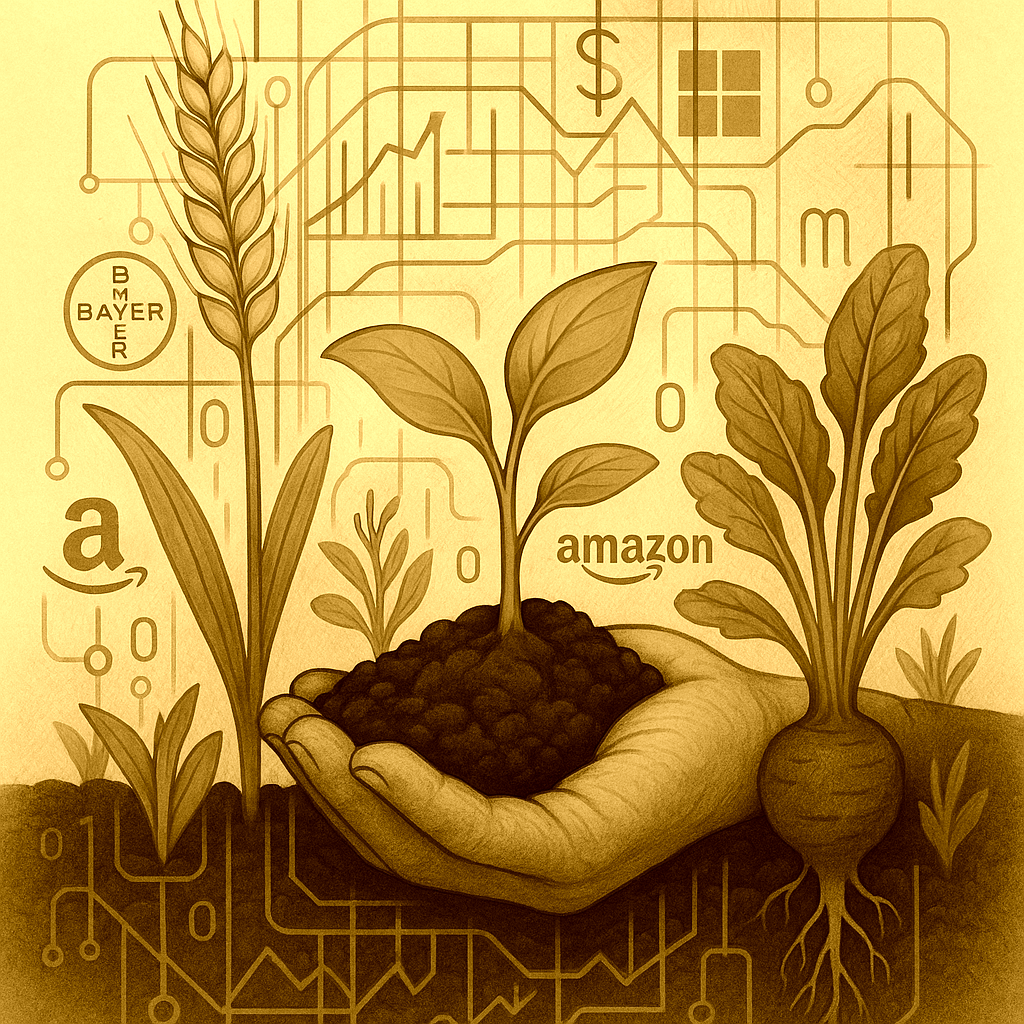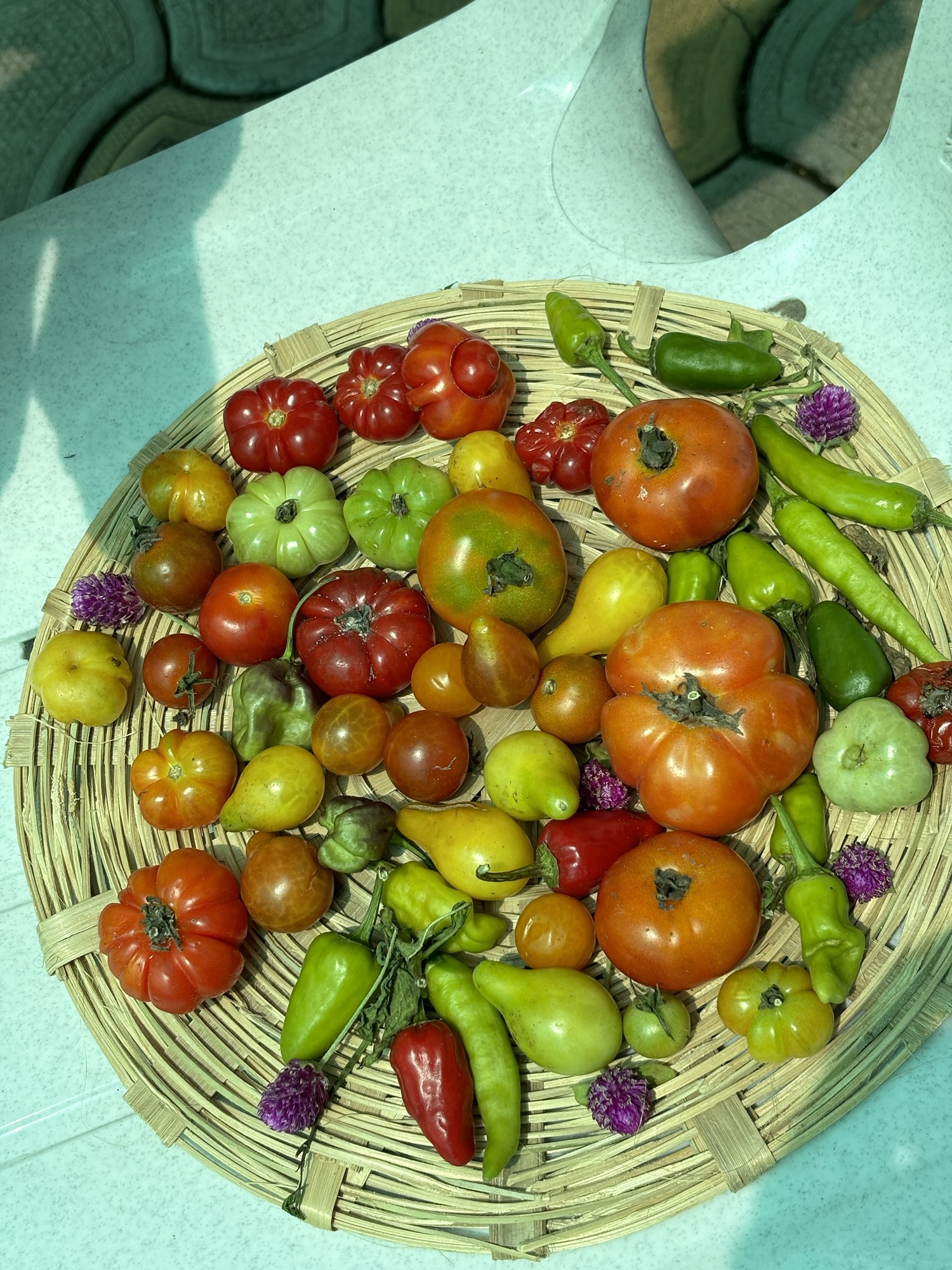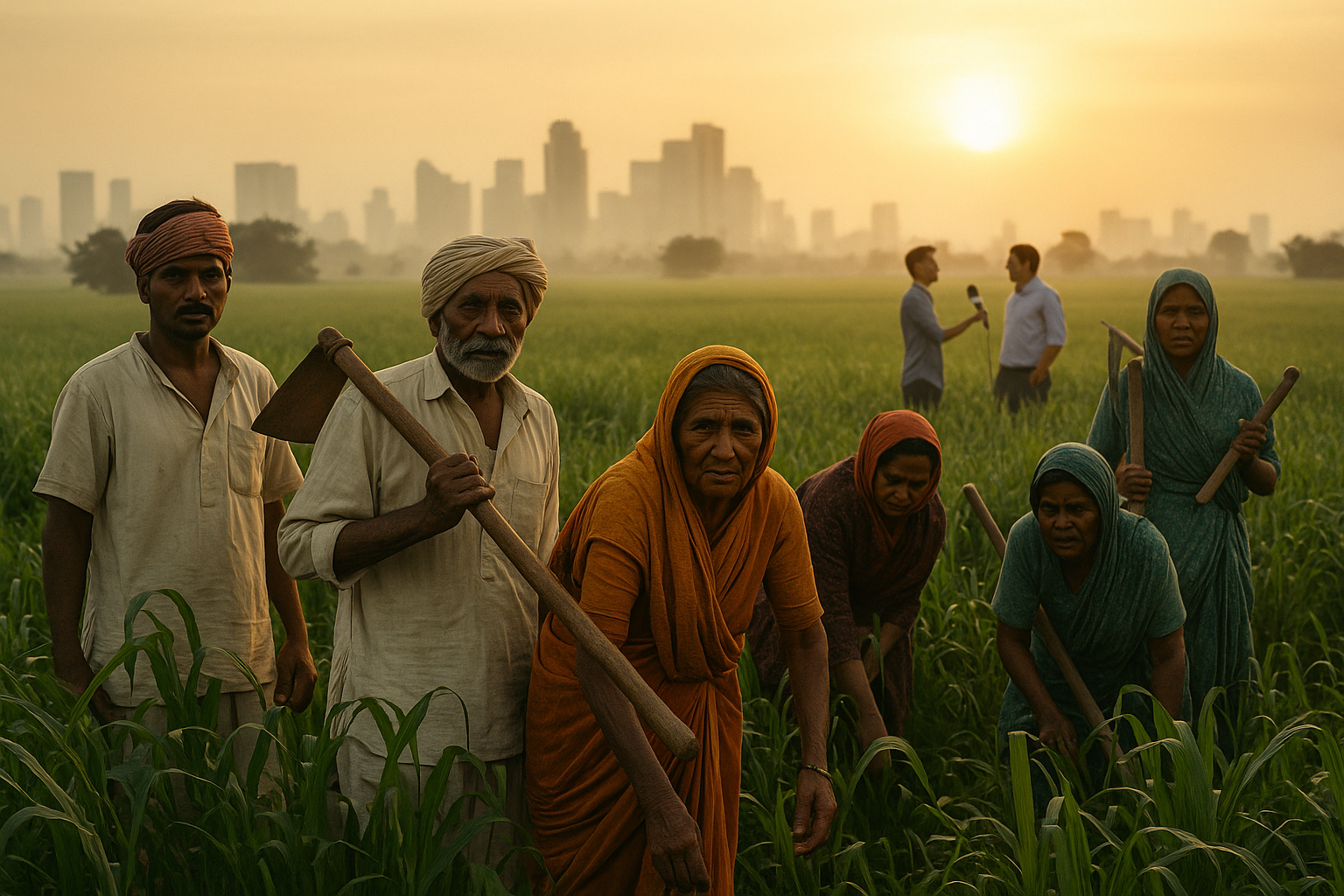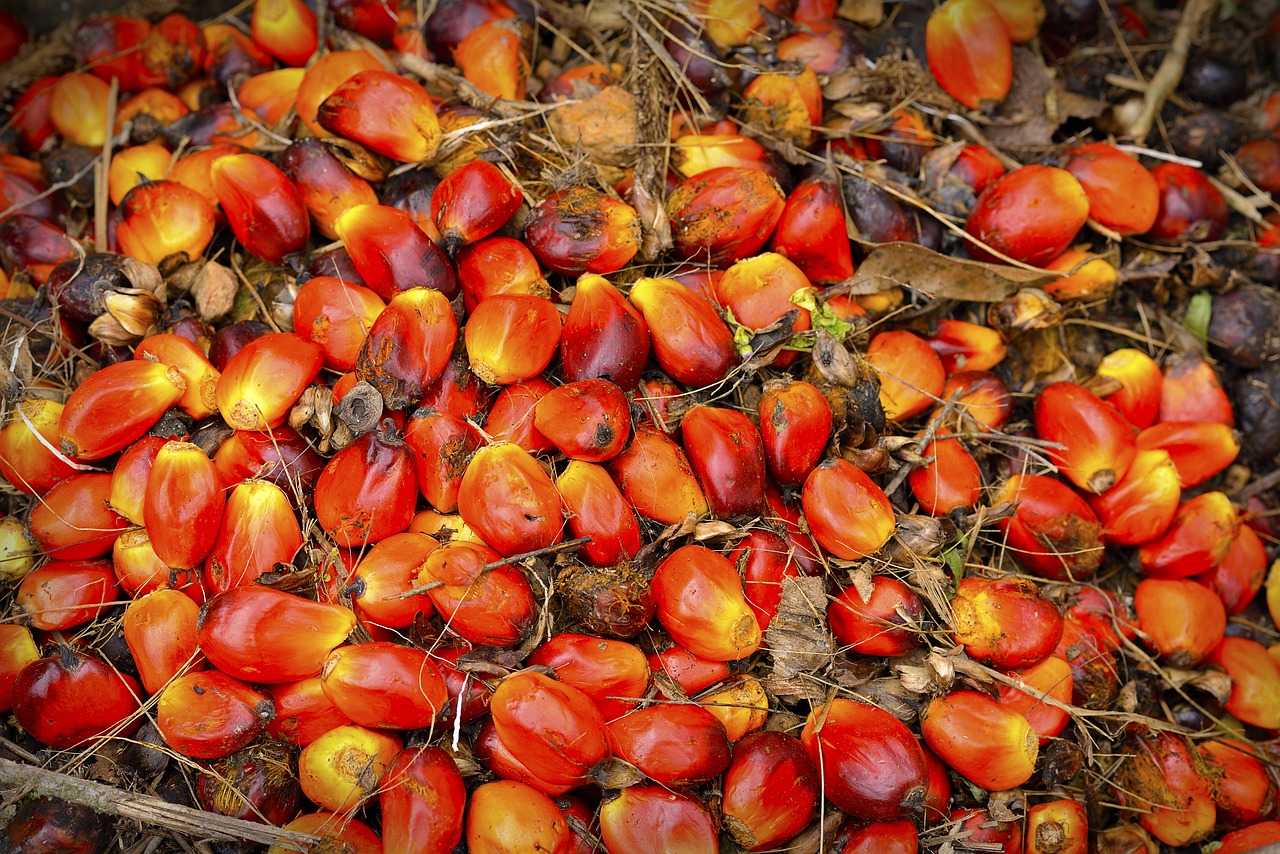In Digital Harvest: Unmasking the Corporate Enclosure of Food, Colin Todhunter, a Research Associate of the Centre for Research on Globalization (CRG), delivers a sharp and polemical critique of the contemporary global food system. This short book is designed for the digital age, offering “valuable content quickly and efficiently” for readers consuming material across various devices and fragmented time slots. Rather than a comprehensive summary of his earlier trilogy (Power Play: The Future of Food, Sickening Profits, and Food, Dependency and Dispossession), Digital Harvest serves as “an entry point for new readers and a lens of reinterpretation and clarification” for those familiar with his work. It is explicitly not a neutral book, having been written to “provoke” and interrupt a quiet re-writing of how we produce and consume food. Todhunter’s deep focus on developments in agriculture and food systems, particularly in India, is evident through numerous references to the country throughout the text.
Todhunter’s central thesis is stark: the global food system is not broken, but rather a “masterpiece of control”. He argues that what is presented as “transformation” or “innovation” is, in fact, a “takeover” and “enclosure”. This process involves the abstraction of land, the platforming of farmers, and the reduction of food to a service, delivered by dashboards and priced by algorithms, ultimately owned by a handful of corporations. The book challenges the pervasive narrative that “food security will be delivered by predictive analytics, satellite-linked apps, proprietary seed packs and ‘integrated farm solutions’”. Instead, Todhunter asserts that these are “deliberate strategies, top-down and policy-backed” that manifest through digital enclosures, patent monopolies, and chemical dependency.
The author highlights that entities not typically associated with farming , such as software companies, shipping giants, or pension funds – are now “actively rewriting agriculture’s foundations, technically, financially, epistemically”. These firms, whether wearing the “mask of philanthropy” or preferring “quiet control,” operate within a model that treats farming as an extractive interface and the farmer as a mere data point. The book aims for clarity, telling this story “plainly, sometimes polemically,” without scholarly detachment. It names major players to illustrate this architecture of control, arguing that their incentives simply align.
Digital Harvest systematically profiles several powerful corporate actors and their strategies for control:
Bayer: The book posits that Bayer sells “obedience” rather than seeds. Its model is a “closed loop” of proprietary seeds, herbicides, and digital advisories, creating “engineered dependencies”. In India, Bayer’s “integrated farm solutions” have locked farmers into their ecosystem, leading to crop failures, debt, and altered soil chemistry, making it difficult to return to traditional methods. This extends to reshaping cropping patterns, narrowing biodiversity, and undermining agroecological knowledge. The state is complicit, with Bayer embedding itself into agricultural institutions through public-private partnerships, leading to “epistemic capture” where alternatives are framed as “backward or inefficient”. Digital platforms like FarmRise, though appearing neutral, reinforce Bayer’s input regimes, making farmers into data subjects. The book concludes that this is “imperialism with a lab coat,” where farmer autonomy is quietly eroded.
Microsoft: Microsoft, according to Todhunter, “grows infrastructure” by providing the architecture for AgriStack, India’s national digital agriculture ecosystem. This initiative aims to centralise land records, cropping histories, and financial data, transforming farming into a “data regime” where the farmer becomes a “user” and the land a “ledger”. A pilot project in Andhra Pradesh granted Microsoft’s partner access to millions of farmers’ data without consent or data protection. The book argues that this deeply privatised architecture, with minimal transparency, oversight, or farmer participation, leads to “coercion by design,” as non-participation can exclude farmers from vital services. Advisories based on satellite data often contradict local knowledge, and the “platform is unaccountable” when the system fails. This is described as “dispossession in a new dialect,” where the “new enclosures come with dashboards” that seize information rather than land, replacing commons with code.
BlackRock, Vanguard, State Street: These asset managers are presented as “Shareholders in the Shadows,” collectively controlling over $26 trillion in assets and holding dominant stakes across the entire agrifood chain. Todhunter argues this is “capitalism as quiet coordination,” where their influence is structural, shaping value, risk, and acceptable behaviour through boardrooms and capital flows, largely invisible to the public. ESG metrics are framed not as a moral compass but a “risk framework”. These firms back land-leasing platforms and carbon credit aggregators, which is seen as “extraction with a sustainability label,” transforming land into an asset class and farmers into tenants on a spreadsheet. This represents “enclosure without fences” and “governance without government,” where these firms, despite claiming to be passive investors, effectively are the market.
Amazon: Amazon’s Kisan programme in India, while promising to connect farmers to consumers and eliminate middlemen, is fundamentally about “capture” and “control” of supply chains, pricing, and data. Through predefined crop plans and pricing incentives, Amazon inserts itself into farmers’ most intimate decisions, with deviations potentially leading to rejection or reduced prices. The book contends that Amazon’s “real innovation is not in farming. It’s in logistics,” bending agricultural rhythms to fit a “fulfilment logic” where the farmer bears the risk. Partnerships with institutions like ICAR further embed the platform into the state, turning the farmer into a compliant supplier rather than an autonomous producer. This model eliminates negotiation, centralises data for Amazon’s benefit (surveillance with a smile), and disregards diversity and agroecological practices. Ultimately, it reimagines farming as a logistics problem and the farmer as a service provider, where “the marketplace becomes the master”.
Cargill: Described as “The Quiet Cartel,” Cargill’s power lies in its invisibility and control over infrastructure, moving food and shaping what is grown, where it flows, and who profits. Vandana Shiva is cited, stating that Cargill has influenced global agricultural trade policies (like through the WTO) to favour multinational agribusinesses over small farmers and local systems. By sourcing directly from farmers, Cargill bypasses traditional mandis, dismantling collective bargaining. Its control over logistics, warehousing, and risk management services in India creates dominance, locking farmers and millers into its pricing and channels. The firm’s focus on predictability requires standardisation, reducing local varieties and agroecological diversity. Cargill’s private nature allows it to operate without transparency or public scrutiny, profiting from price spikes and supply chain disruptions while remaining insulated by design. Todhunter concludes that Cargill exemplifies the shift where food is treated as a commodity, not a commons.
The Gates Foundation: The Foundation, under the guise of “inclusive development” and “philanthropy,” funds programs that “modernise agriculture” but lead to a “quiet consolidation of power”. It steers agricultural research towards biotech, digital platforms, and proprietary technologies, often sidelining agroecology and reframing traditional knowledge as inefficient. The Foundation’s deep collaboration with the Indian government on AgriStack and other digital initiatives enrolls farmers into tracking systems without clear consent or data protection. The author describes this as an “agenda-setting with a benevolent face” and a “business plan with a humanitarian pitch”. Todhunter references a controversy where Bill Gates described India as “a kind of laboratory to try things,” sparking outrage and accusations of treating Indians as “guinea pigs”. The Foundation, in this view, promotes a “singular vision” that privileges technology and scale over indigenous knowledge and autonomy.
Syngenta: Syngenta is portrayed as selling “toxic sustainability,” rebranding its chemical-intensive farming model with terms like “regenerative agriculture” and “climate smart”. The book highlights Syngenta’s continued sale of highly toxic paraquat in India, despite bans elsewhere, and its lobbying efforts against such bans, shifting the burden of safety to the farmer. While engaging in CSR programmes, these initiatives serve to embed the company and deflect criticism, papering over contradictions in its business model. Syngenta, like other firms, partners with state institutions to shape “best practice,” effectively narrowing the future of farming. The author notes that Syngenta’s CEO, Erik Fyrwald, called for abandoning organic farming and promoting gene editing, reflecting the industry’s determination to undermine agroecological transitions like the EU’s Farm to Fork strategy. Syngenta is criticised for “systematic denial of harms” and “unethical marketing tactics”. Todhunter argues that this represents the “enclosure of possibility” wrapped in the language of regeneration.
Despite this bleak assessment of corporate control, Digital Harvest is explicit that it is “not a lament. It’s a warning.”. It highlights the growing currents of resistance. The concept of “food sovereignty” is presented as a crucial counterpoint to “food security”. Food security, Todhunter explains, focuses on whether people are eating, regardless of who grows the food or how. Food sovereignty, however, asks “Who decides what you eat, how it’s grown and why?”. Coined by La Vía Campesina, it is a demand for autonomy, the right of people to define their own food systems, rooted in culture, ecology, and power. Examples from India, such as Community Managed Natural Farming movements, seed festivals, and women’s collectives, illustrate “counter-systems” that operate without digital dashboards and are rooted in trust and reciprocity.
Todhunter acknowledges that food sovereignty is often dismissed as impractical or unscientific, but he argues that agroecology can match or exceed industrial yields while building resilience and reducing costs. The book asserts that the dominant system actively undermines food sovereignty through digital platforms and contract farming, and even co-opts the term “sovereignty” to describe “choice” within their controlled systems.
The final chapter, “Resistance,” reinforces that the book is fundamentally about power and the “quiet machinery of contracts and corporate capture”. It points to farmers resisting digital mandates, saving seeds, and rebuilding knowledge networks. Recent farmer protests across Europe and the lingering memory of the 2020-21 farmers’ movement in India are cited as signals that “the model is cracking” and farmers are no longer willing to be spoken for. Increasingly, this resistance is also digital, with farmers building their own platforms and demanding data sovereignty.
In conclusion, Digital Harvest offers a clear, unapologetic, and insightful examination of how powerful corporate actors are fundamentally transforming agriculture, especially in the Global South. Todhunter argues that these firms, despite their diverse operations, all operate within a “grammar of control” that seeks to reduce farming to a service and farmers to mere data points or compliant suppliers. The book acts as a “map of the terrain” and a “naming of names,” designed to expose this “quiet conquest”. It serves as a powerful warning, urging readers to choose where they stand in the unfolding future of food, as “to feed is not the same as to farm. One is a transaction. The other is a relationship.”. It culminates in a defiant call to action: “No. Not like this.”.





